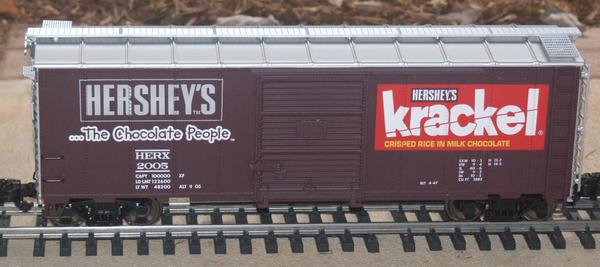First of all, hi, I'm new here. I had HO trains when I was a kid, and now I'm looking at getting back into trains with my kids. They're young enough that I think O gauge would work better than HO, and anyway bigger trains are more fun!
I have some postwar Lionel that I inherited, circa 1950 I think (681 engine with 2671W tender, cars 3469 6555 6457 and 3472, RW transformer, O31 track and switches). Can anyone tell me if Lionel used lead paint in the postwar period? I have searched a little online and haven't found anything about lead paint so I'm hoping the answer is no but I would appreciate any information.
The stuff I have needs some work but I'm guessing fixing it up will be less expensive than buying new, and it has sentimental value. But if there's lead paint I will probably just make a nice display case for it.
Thanks for any advice you can give.






